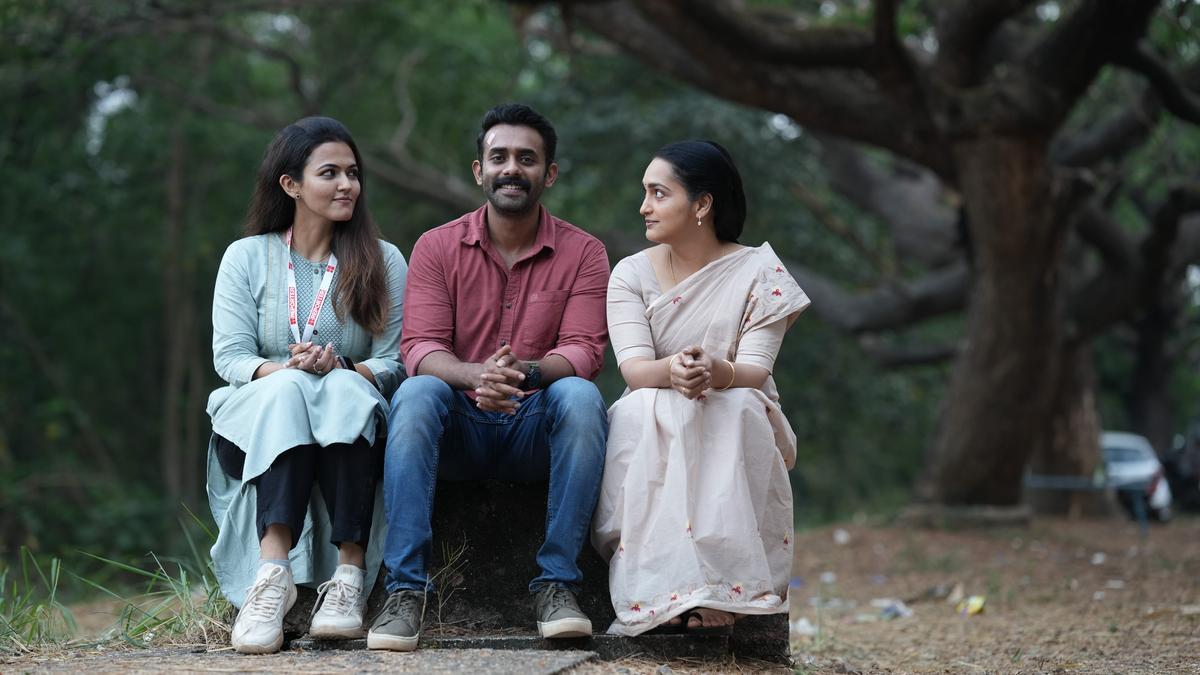
In a recent move to counter the declining interest in the longest format of cricket, the Board of Control for Cricket in India (BCCI) is reported to be considering a revision of its pay structure to encourage cricketers to participate more in Test cricket. The proposed change aims to address the apparent preference of players for shorter formats, notably the financially lucrative Indian Premier League (IPL).
As per insights from the Indian Express, the BCCI is discussing the implementation of a bonus system for players who participate in all Test series during a calendar year. This bonus would be an addition to the existing annual retainer contracts. The measures are being proposed amidst concerns about player absence from domestic cricket, highlighted by the cases of Ishan Kishan and Shreyas Iyer, both of whom missed participating in their domestic fixtures.
A BCCI insider provided a glimpse into the proposed revisions, stating, “For example, if someone plays all Test series in a calendar year, he should be rewarded additionally, apart from the annual retainer contract. This is to ensure that players turn out for more red-ball cricket. This would be an additional perk for playing Test cricket.”
Currently, the BCCI categorizes players into four retainer grades—A+, A, B, and C—which are rewarded with contracts worth Rs 7 Cr, Rs 5 Cr, Rs 3 Cr, and Rs 1 Cr, respectively. According to the retainer figures for 2022-23, Kishan found himself in Grade C, while Iyer is positioned in Grade B. Additionally, the Board administers a per-match fee arrangement, issuing Rs 15 lakh for a Test match, Rs 6 lakh for an ODI, and Rs 3 lakh for a T20I appearance.
BCCI secretary Jay Shah has intervened in the situation by sending out a stern missive to all contracted players. Shah warned that prioritizing IPL over domestic commitments would carry “severe implications.” This firm stance aligns with recent remarks from Indian cricket team captain Rohit Sharma, who emphasized the importance of having a ‘hunger’ for Test cricket.
After leading India to a series-clinching win in Ranchi, Sharma expressed his views quite candidly. “This (Test cricket) is the toughest format. And if you want success and want to excel in this tough format then you need that hunger. It is very important. We will give the opportunity only to players who have that hunger… We come to know [easily] the players who don’t have that hunger, (or) players who don’t want to stay here [and play this format]. We will give preference to players who have that hunger, players who want to stay here and perform, [and] play in tough conditions.”
The captain’s words, backed by the BCCI’s proposed revision, reflect a concerted effort to uphold Test cricket’s eminence. As the oldest and longest format of the game, Test cricket has traditionally been considered the pinnacle, but it has faced challenges from the rise of shorter, more immediate formats like T20s. The BCCI’s move, therefore, can be seen as an attempt to balance commercial interests with the integrity and quality of the cricket played.
With the global cricketing schedule becoming increasingly crowded and the proliferation of franchise-based T20 leagues, national cricket boards worldwide are grappling with the task of preserving the traditional formats while adapting to the evolving landscape. The BCCI’s incentive-based proposal is a testament to its commitment to Test cricket, aiming to ensure that the game’s most challenging format remains both prestigious and desirable for India’s cricketers.










